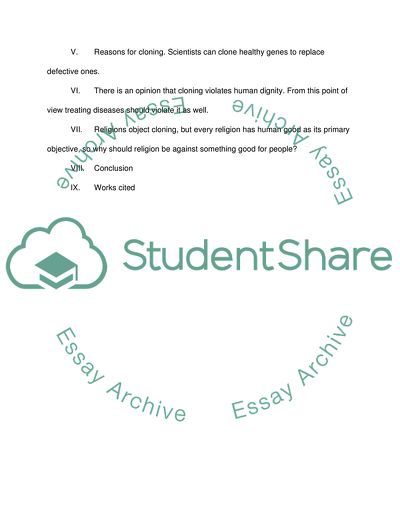Cite this document
(A Threat to Human Dignity Essay Example | Topics and Well Written Essays - 2000 words - 13, n.d.)
A Threat to Human Dignity Essay Example | Topics and Well Written Essays - 2000 words - 13. Retrieved from https://studentshare.org/sociology/1723782-essay
A Threat to Human Dignity Essay Example | Topics and Well Written Essays - 2000 words - 13. Retrieved from https://studentshare.org/sociology/1723782-essay
(A Threat to Human Dignity Essay Example | Topics and Well Written Essays - 2000 Words - 13)
A Threat to Human Dignity Essay Example | Topics and Well Written Essays - 2000 Words - 13. https://studentshare.org/sociology/1723782-essay.
A Threat to Human Dignity Essay Example | Topics and Well Written Essays - 2000 Words - 13. https://studentshare.org/sociology/1723782-essay.
“A Threat to Human Dignity Essay Example | Topics and Well Written Essays - 2000 Words - 13”, n.d. https://studentshare.org/sociology/1723782-essay.


